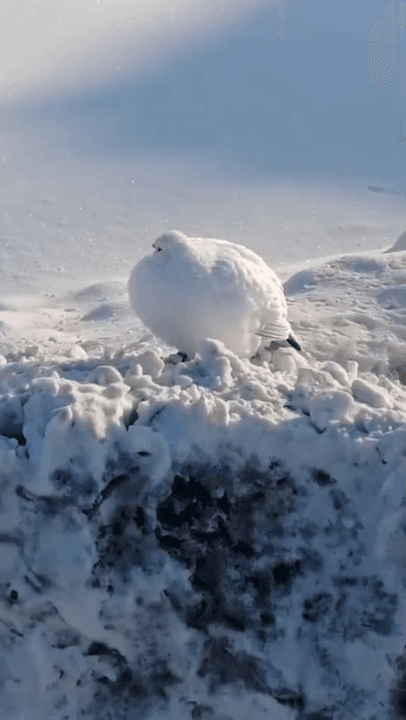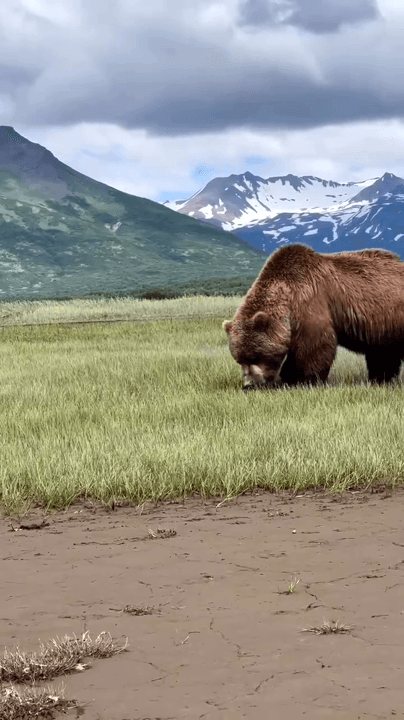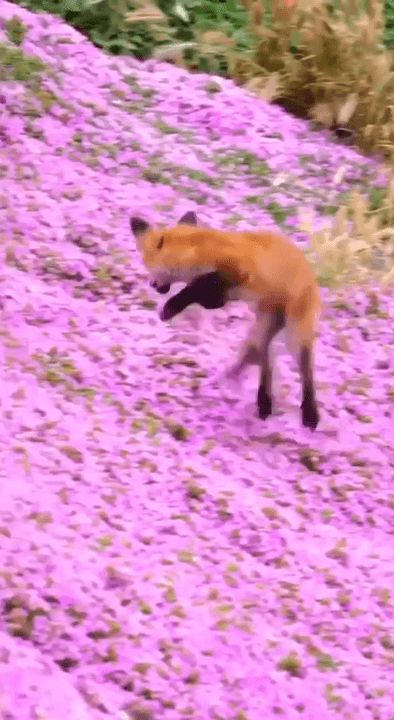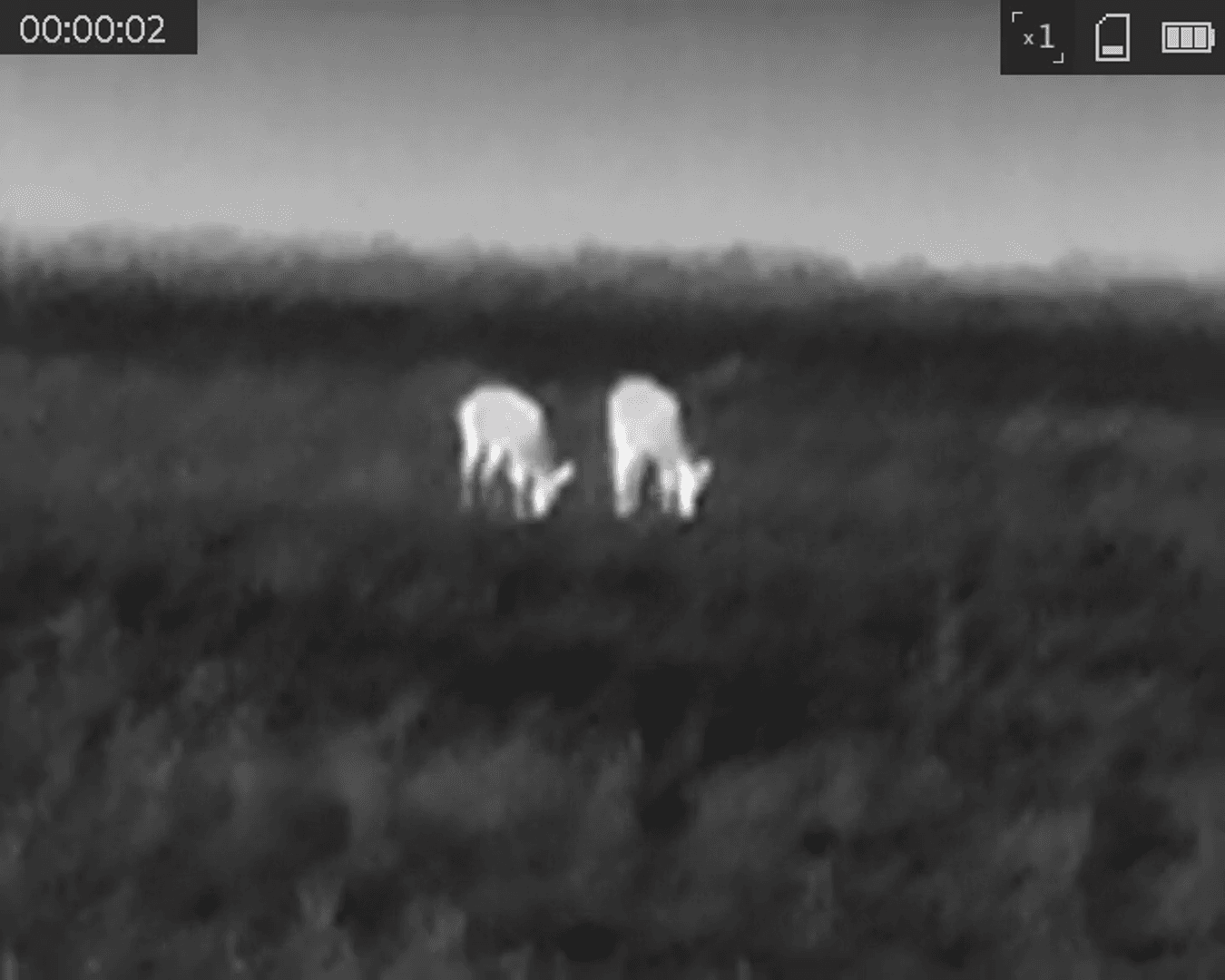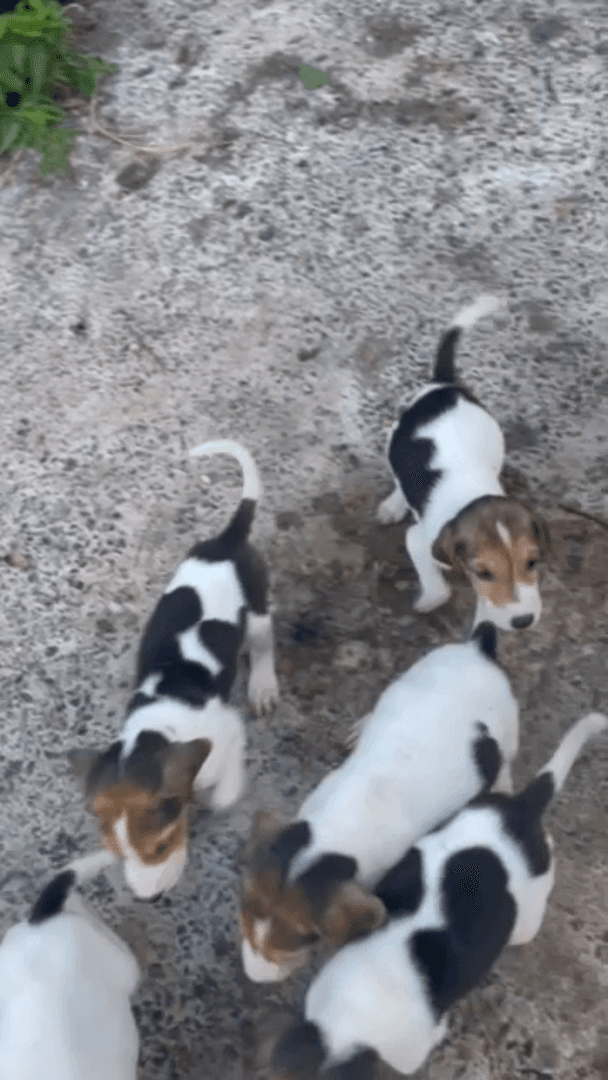Results by search “ADA” 243
Hunting in Haute-Kotto: Exploring Geography, Navigating Legislation, and Discovering Interesting Facts
Haute-Kotto, located in the eastern part of the Central African Republic, is one of the country’s largest and most remote prefectures. Vast, sparsely populated, and rich in natural landscapes, it is a region where traditional hunting continues to be an essential part of everyday life. For local communities, hunting is not only a means of sustenance but also a practice rooted in cultural identity and ecological adaptation.
Geography and Natural Features of Haute-Kotto for Hunting
Haute-Kotto features a combination of dense savannas, wooded forests, riverine systems, and seasonal wetlands. The prefecture is traversed by the Kotto River, which provides vital water resources for both people and wildlife. These varied ecosystems support a wide range of fauna, including antelopes, wild pigs, birds, and small mammals. However, the remote geography and lack of infrastructure make both wild
Sako history: A Century of Precision and Innovation in Rifle Manufacturing
For serious hunters and shooting enthusiasts, the name Sako resonates with quality, accuracy, and a legacy built over a century. From its humble beginnings in post-WWI Finland to its current status as a global leader in rifle manufacturing, Sako's story is one of resilience, adaptation, and unwavering commitment to excellence.
Humble Beginnings: From White Guard to Independent Company (1919-1921)
The Sako story begins in 1919, amidst the turmoil of post-WWI Finland. The White Guard's general staff established a weapons factory to bolster national defense. This factory laid the groundwork for what would become a legendary firearms manufacturer. On April 1st, 1921, a pivotal moment arrived: a separate company was officially established in Helsinki. This date marks Sako's true birthday, signifying its transition from a military workshop to a dedicated enterprise.
Relocation and Expansion (1927-1938)
The burge
Hunting in Diourbel: Explore Senegal’s Cultural and Natural Treasures, hunting seasons, clubs, laws and traditions
The Diourbel Department in Senegal is a captivating destination for hunters looking to immerse themselves in a blend of traditional practices and diverse wildlife. With its expansive savannas, rich cultural heritage, and well-preserved hunting traditions, Diourbel offers an experience that stands apart from more commercialized hunting destinations.
Hunting Zones in Diourbel
Diourbel is home to several distinct hunting zones, each offering unique opportunities for hunters:
Savanna Areas: These open landscapes are ideal for hunting small game like hares and guinea fowl, as well as larger animals such as warthogs.
Dry Forests: The forested areas provide a habitat for species like bushbucks and porcupines, requiring hunters to adapt to denser vegetation and more challenging terrain.
Farmland Edges: Wildlife often frequents the outskirts of agricultural fields, making these a
Mauser M03 in .308 Win, .222, and .300 WSM Review
As a passionate shooter and hunter, I've had the opportunity to extensively use the Mauser M03 in the calibers of .308 Winchester, .222 Remington, and .300 Winchester Short Magnum (WSM). Here’s my honest review, covering both the positives and the drawbacks of this versatile rifle.
Mauser M03 Pros:
Build Quality: The Mauser M03 boasts exceptional build quality, reflecting the renowned craftsmanship that Mauser is known for. From the solid action to the beautiful walnut stock, it feels robust yet refined in your hands.
Modularity: One of the standout features of the M03 is its modularity. The ability to switch barrels and calibers easily is a game-changer for someone who enjoys versatility in their shooting. Whether you’re targeting small game with a .222 or going after larger game with a .300 WSM, the M03 adapts seamlessly.
Accuracy: In terms of performance, the accuracy of the M03 is impressive. With the .308 Win, I consistently
The Enigmatic White Ptarmigan (Lagopus lagopus): A Master of Arctic Survival
The White Ptarmigan, scientifically known as Lagopus lagopus, is a fascinating bird that thrives in some of the harshest environments on Earth. Often referred to as the Willow Ptarmigan in North America, this species is a true symbol of resilience and adaptation. With its striking seasonal plumage changes, the White Ptarmigan seamlessly blends into its surroundings, making it a marvel of nature.
Habitat: The Arctic and Beyond
The White Ptarmigan is primarily found in the Arctic and subarctic regions of the Northern Hemisphere. Its range spans across the tundras of Alaska, Canada, Scandinavia, and Russia. During the summer months, it inhabits open tundra, moorlands, and willow thickets, where it feeds on a diet of buds, leaves, and berries. In winter, it migrates to lower elevations or more sheltered areas, often seeking out willow and birch forests.
What makes this bird truly remarkable is its abilit
Alaska’s Dall Sheep
Alaska’s Dall sheep (Ovis dalli dalli) are found in relatively dry alpine country and frequent a special combination of open ridges, meadows and steep slopes with extremely rugged “escape terrain” in the immediate vicinity. Generally known to be high-country animals, they also sometimes occur in rocky gorges below timberline.
Rams, distinguished by massive curling horns, usually weigh less than 300 pounds, while ewes, with shorter, more slender, slightly curved horns, typically reach only half that size.
As the remoteness of their habitat and its unsuitability for human use does much to protect the species, Dall sheep in Alaska are generally in good population health, even though low birth rates, predation (primarily by wolves, coyotes, and eagles), and a difficult environment tend to keep growth rates lower than for many other big-game species. However, their adaptation to the alpine environment seems to serve them well. They have survived for thousands of years
Hunting in TATAOUINE: know more about Hunter Demographics and Participation, Geography and Ecological Features
Geography and Ecological Features in Tunisia
Tataouine is a predominantly arid region located in the southern part of Tunisia, known for its vast, dry landscapes and rugged terrain. The region is characterized by a mix of desert areas, rocky outcrops, and sparse vegetation, offering a unique environment for hunters. Tataouine’s landscape is dominated by semi-desert and steppe ecosystems, with scattered oases and seasonal water sources that attract wildlife. Despite its dry climate, Tataouine has a variety of ecosystems, including some shrublands and small patches of forested areas, that support certain types of game species. The climate is extremely hot in the summer with cold, dry winters, which affects the movement and behavior of local wildlife, requiring hunters to adapt to the harsh conditions.
Hunter Participation in Tataouine Region
The hunting community in Tataouin
Bushbuck Hunting in Africa: season, methods, place, price. A Comprehensive Hunter's Guide
The bushbuck ( Tragelaphus scriptus ) is a widely distributed and adaptable antelope found throughout much of sub-Saharan Africa. Its relatively small size, elusive nature, and preference for dense cover make it a challenging and rewarding trophy for hunters. This article provides a detailed overview of bushbuck hunting, covering essential aspects from hunting methods to trophy care.
Understanding the Bushbuck
Appearance: Bushbuck exhibit considerable variation in coat color and markings depending on location. Generally, they have a reddish-brown to dark brown coat with white spots and stripes. Males are typically darker and larger than females, and they possess spiraled horns ranging from 10 to 18 inches.
Habitat: Bushbuck thrive in a variety of habitats, including rainforests, savanna woodlands, and riverine forests. They are often found near water sources and areas with thick vegetation f
African Game Animals list: A Concise Field Guide
Africa boasts incredible biodiversity, and a significant part of its appeal lies in its diverse game animals. This list provides a quick overview of some of the most sought-after species, focusing on key identifying features.
Big Game
African Elephant ( Loxodonta africana): Unmistakable. The largest land animal. Look for: Massive size, large ears shaped like the African continent, prominent tusks (present in both males and females, though females' are generally smaller).
African Lion (Panthera leo): A large carnivore, apex predator. Males are readily identified by their prominent manes, which vary in color and thickness depending on age, genetics, and environment. Females lack manes.
Leopard (Panthera pardus): A stealthy and adaptable big cat. Look for: Rosette-patterned coat (dark spots arranged in a circle), relatively short legs compared to body length, preference for forested and rocky habitats.
Rhinoceros (Black Diceros b
Alaska's Majestic Bears: A Guide to Understanding These Iconic Giants
Discover Alaska's diverse bear population, including grizzlies, black bears, and polar bears. Learn about their habitats, behavior, safety tips, and how to observe them responsibly.
Alaska, the Last Frontier, is renowned for its breathtaking landscapes, abundant wildlife, and, most notably, its impressive bear population. These magnificent creatures hold a significant place in Alaska's ecosystem and cultural heritage. From the formidable grizzly to the adaptable black bear and the Arctic-dwelling polar bear, Alaska offers a unique opportunity to witness these iconic animals in their natural habitat. This article delves into the world of Alaskan bears, providing insights into their characteristics, behavior, and how to safely and responsibly appreciate their presence.
Types of Bears in Alaska:
Alaska is home to three main types of bears:
Grizzly Bear (Brown Bear): Often referred to as brown bears, grizzlies are
Hunting the Modern Cottontail Rabbit
A New Age Has Dawned in the World of Rabbit Hunting
Hunters have been pursuing the Eastern cottontail ever since the time of the earliest Native Americans. Although hunter numbers have declined from peak numbers, rabbit hunting still remains extremely popular overall and is one of the most popular small game pursuits. However, the dynamics of hunting cottontails have changed dramatically, and to achieve consistent success in the field, hunters must adapt to the new age of rabbit hunting.
The Decline
Bunny Facts:
The number of rabbit hunters has declined through the years. Even so, rabbit hunting is still popular. According to recent surveys, approximately 1.5 million people hunt rabbits and/or hares. Rabbit/hare hunting ranked as the fourth most popular hunting endeavor, tied with pheasant hunting and behind only whitetail deer, turkey, and squirrel. Rabbit hunting ranked more popular than waterfowl and dove hunting, as well as all other species s
The Swedish Vallhund: A Hunter's Secret Weapon
For those of us who prize versatility, intelligence, and sheer grit in a hunting companion, the Swedish Vallhund deserves a serious look. This ancient breed, hailing from the Viking lands, is far more than just a charming herding dog. With the right training, the Vallhund can be a surprisingly effective hunter.
What Can a Vallhund Hunt?
Traditionally, Vallhunds weren't purpose-bred for a specific type of game. Their herding background meant they were adept at working with cattle, sheep, and other livestock. However, their intelligence and drive make them adaptable to hunting a variety of quarry:
Small Game: Rabbits, hares, squirrels, and rodents are well within the Vallhund's capabilities. Their quick reflexes and tenacious nature are a real asset.
Birds: Some Vallhunds can be trained as flushing dogs for upland birds like grouse, quail, and pheasant.
Larger Game (with caveats): While not typically used as primary big-game hunters, V
Small Münsterländer Hunting Dog: History, Training, Cost, Care & Field Performance.
The Small Münsterländer (Kleiner Münsterländer) is one of the most respected and versatile hunting dogs in Europe. Known for its intelligence, endurance, and adaptability, this breed has earned a loyal following among hunters who value a dog that can point, retrieve, track, and swim—all with precision and enthusiasm. In this article, we’ll explore the breed’s origins, hunting capabilities, training methods, care requirements, and its growing popularity across the globe.
---
📜 History & Origins
• Country of origin: Germany, specifically the Münster region
• Development: The breed was refined in the late 19th century by hunters seeking a compact, all-purpose gun dog
• Ancestry: Descended from local Spaniels and pointing breeds; not directly related to the Large Münsterländer despite the name
• Falconry roots: Originally used to flush game for falcons before firearms became common
• Breed recognition:
Hunting in Huila, Angola: Traditions, Key Facts, Hunting Methods, Seasons, Game Species and Clubs
The Huila region in Angola offers a unique hunting experience, blending diverse landscapes, rich wildlife, and deep-rooted traditions. Known for its rugged terrain and vast open spaces, this area attracts hunters seeking both challenge and adventure. Whether pursuing big game or observing local customs, Huila provides an unforgettable experience for those passionate about the hunt.
Natural Features for Hunting in Huila
Huila’s landscape varies from rolling savannas to dense woodlands, providing ideal habitats for a range of game species. The region’s elevation changes create distinct hunting zones, from lowland plains to mountainous areas. Water sources, including the Cunene River, sustain wildlife populations, making Huila a prime destination for hunters. The mix of open terrain and thick vegetation requires adaptability, testing both tracking skills and marksmanship.
Hunter comm
Essential Hunting Gear for Beginners: What You Need for Your First Hunt
Embarking on your first hunting trip is an exciting milestone—but without the right gear, it can quickly turn into a frustrating experience. Whether you’re heading into the woods for deer, elk, or turkey, having the proper equipment is crucial for safety, success, and comfort. This guide breaks down the essential hunting gear for beginners, helping you pack smart and hunt confidently.
---
Why Gear Matters for First-Time Hunters
Hunting isn’t just about the weapon—it’s about preparation, endurance, and adaptability. The right gear:
• Keeps you safe in unpredictable environments
• Helps you stay comfortable during long hours outdoors
• Increases your chances of spotting and harvesting game
• Ensures compliance with local hunting laws
---
Clothing & Footwear: Dress for Success
Layering System
• Base Layer: Moisture-wicking (e.g., merino wool or synthetic)
• Mid Layer: Insulating fleece or wool
• Outer Layer:
Leopard Hunting in Cameroon: A Hunter's Guide
This article provides a comprehensive overview of leopard hunting in Cameroon, covering everything from regulations and hunting methods to costs and trophy considerations. Cameroon, often called "Africa in Miniature" due to its diverse landscapes and wildlife, offers a unique opportunity for the discerning hunter: the chance to pursue the elusive leopard.
Is Leopard Hunting Legal in Cameroon?
Yes, it is, with strict regulations. Leopard hunting is controlled through a quota system and requires specific permits. Hunting is usually done in the presence of licensed guides to avoid any violations of the law.
General Information
Leopards ( Panthera pardus ) are formidable predators, known for their strength, agility, and adaptability. They are primarily nocturnal, making them a challenging and rewarding trophy for experienced hunters.
Hunting Season
The hunting season in Cameroon generally runs from December to May. The dry season, partic
English-Russian Hounds Puppies: Characteristics, Care, and Training Tips
The English-Russian Hound, a breed celebrated for its keen hunting instincts and loyalty, is a fantastic companion for both novice and seasoned hunters. This article explores the characteristics of these puppies, how to care for them, and effective training exercises to instill their natural hunting capabilities.
Characteristics of English-Russian Hounds
Physical Traits
English-Russian Hound puppies typically exhibit a strong, athletic build, with long legs and a graceful neck. Their coat is usually dense and can come in various colors, including tan with white markings or a mix of brown and cream. They have large, expressive eyes that reflect their intelligent and alert nature.
Temperament
These puppies are known for their friendly disposition and adaptability. They are social dogs and thrive on human interaction, making them excellent companions for families and individuals alike. However, their hunting ba
Training hunting dog puppies is an essential step in cultivating their natural instincts and preparing them for a successful future in the field. The key to effective training lies in starting early, as puppies are most receptive to learning during their first few months of life. Begin with basic obedience commands such as "sit," "stay," and "come," which lay the foundation for more advanced skills.
Incorporating play into training is crucial, as puppies learn best when they are engaged and having fun. Use interactive games that mimic hunting scenarios, such as fetch or hide and seek, to encourage their instinctual behaviors. Gradually introduce them to scents and tracking exercises, allowing them to explore their extraordinary olfactory capabilities.
Socialization is another fundamental aspect of training hunting puppies. Expose them to various environments, people, and other animals to build their confidence and adaptability. A well-socialized puppy will be more comfortable in the
The bobcat (Lynx rufus), also known as the red lynx, is a medium-sized cat native to North America. It ranges from southern Canada through most of the contiguous United States to Oaxaca in Mexico. It is listed as Least Concern on the IUCN Red List since 2002, due to its wide distribution and large population. Although it has been hunted extensively both for sport and fur, populations have proven stable, though declining in some areas.
It has distinctive black bars on its forelegs and a black-tipped, stubby (or "bobbed") tail, from which it derives its name. It reaches a total length (including the tail) of up to 125 cm (50 in). It is an adaptable predator inhabiting wooded areas, semidesert, urban edge, forest edge, and swampland environments. It remains in some of its original range, but populations are vulnerable to extirpation by coyotes and domestic animals. Though the bobcat prefers rabbits and hares, it hunts insects, chickens, geese and other birds, small rodents, and deer. Pre
Facts About Badgers
Size
Badgers can grow up to 20 to 34 inches (51 to 86 centimeters) long from head to tail. The tail adds an additional 4 to 6 inches (10 to 15 cm) to its length. Badgers weigh between 9 and 39 pounds (4 to 18 kilograms).
Habitat
Badgers prefer dry, open grasslands, though they are very adaptable. Some also live in woods, quarries, hedgerows, sea cliffs and moorland. American badgers are typically found in the Great Plains region of North America. They can also be found in the western United States, central western Canadian provinces and in the mountainous areas of Mexico, according to the Animal Diversity Web (ADW) at the University of Michigan.
Honey badgers are found in southern Africa; hog badgers live primarily in Southeast Asia, India and Sumatra. The Asian badger extends across Russia and into China and Eastern Europe. The European, or Eurasian, badger spans from Ireland and Spain all the way to eastern Russia, China and Japan, according to ADW.
Badgers
Harris Hawk: One of the Most Popular Birds Used in Falconry, History, Hunting Behavior, Training.
The Harris hawk (Parabuteo unicinctus) has a legacy that stretches back over 2,000 years. Indigenous tribes like the Aztecs revered these raptors for their intelligence and hunting prowess. By the 16th century, Harris hawks were used in falconry during the reign of King Henry VIII. Their cooperative hunting style and adaptability made them ideal for European terrains, and by the late 1800s, they were imported from the southwestern U.S. and Mexico to Europe for pest control and sport hunting.
Today, Harris hawks are flown in falconry across North America, the UK, Spain, and Portugal. Their social nature and trainability have made them the go-to bird for both novice and expert falconers.
📊 Popularity and Breeding Statistics
Harris hawks dominate the falconry scene:
• Over 2,500 Harris hawks are registered in the Baywing Database
• Captive breeding programs have produced thousands of bi
The Bracco Italiano: A Hunter's Guide to Italy's Elegant Pointing Breed
For those of us who appreciate a hunting dog with both style and substance, the Bracco Italiano stands apart. This ancient Italian breed is more than just a pretty face; it's a versatile, intelligent, and devoted hunting partner. Let's delve into what makes the Bracco Italiano a standout in the field.
A Versatile Hunter: What Can the Bracco Italiano Hunt?
The Bracco Italiano's strength lies in its adaptability. These dogs are primarily pointers, excelling at locating and holding game for the hunter. They can be trained to hunt a variety of game, including:
Upland Birds: Pheasant, quail, grouse, partridge
Waterfowl: Ducks, geese (with proper training)
Small Game: Rabbits, hares
Their keen nose, stamina, and willingness to please make them effective in diverse terrains.
Where to Find Bracchi on the Hunt
While the Bracco Italiano's roots are in Italy, their popularity is growing worldwide. You'll find them ac
Hunting in Southern District (Botswana), Africa: Geographical Features, Demographics, Hunting Characteristics, Game Species, Seasons, Associations, Regulations and Traditions.
Geographical and Natural Features for Hunting
The Southern District of Botswana offers diverse landscapes ideal for hunting, including the expansive Kalahari Desert and the lush Okavango Delta. The Kalahari Desert features vast sand dunes, acacia forests, and salt pans, supporting various desert-adapted species. The Okavango Delta, a UNESCO World Heritage Site, is a labyrinth of lagoons, islands, and waterways, teeming with wildlife. These contrasting ecosystems make the Southern District a prime destination for hunters seeking diverse and challenging experiences.
Hunters and Demographics
The Southern District attracts both local and international hunters, primarily from the United States and Europe. While specific numbers are not publicly documented, the region is known for its unique wildlife and challeng
Hunting in Namibe, Angola: Natural Features, Wildlife, Regulations, Hunting Periods, Traditions, Interesting Facts and Clubs
Namibe, a rugged and diverse region in southern Angola, offers a unique hunting experience shaped by its dramatic landscapes and rich wildlife. From the arid coastal deserts to the lush inland valleys, this area attracts hunters seeking both challenge and adventure. Here’s what you need to know before planning your expedition.
Geographical Features for Hunting
Namibe’s terrain varies from desert plains to mountainous highlands, creating ideal habitats for a variety of game species. The region’s semi-arid climate supports hardy wildlife adapted to harsh conditions, while river valleys and plateaus provide pockets of dense vegetation. The contrasting ecosystems make it a prime location for tracking different animals across challenging environments.
Hunters and Demographics
While exact numbers of active hunters in Namibe are scarce, the region sees a m
Hardangervidda Plateau Ptarmigan Hunting: A Unique Arctic Adventure. Types of Hunting and Game Species, Hunting Seasons and Hunting Associations and Clubs
Geographical and Natural Features: Where to hunt in Hardangervidda Plateau
The Hardangervidda Plateau, located in central southern Norway, is Europe’s largest high mountain plateau, spanning over 3,400 square kilometers. This vast, treeless expanse is characterized by its Arctic tundra, rocky terrain, and numerous lakes and rivers. The plateau’s elevation ranges from 1,200 to 1,600 meters, creating a harsh and challenging environment with cold winters and short summers. The Hardangervidda is part of the Hardangervidda National Park, which is home to a variety of wildlife, including the iconic ptarmigan, a bird species well-adapted to the Arctic conditions.
Hunters and Demographics: Current situation in Hardangervidda Plateau
The Hardangervidda region has a sparse population, with small communities scattered around the plateau. Hu
Exploring Fell Lapland Hunting: Geography, Clubs and Communities, Hunters, Legislation, and Unique Traditions
Nestled in northern Finland, Fell Lapland offers hunters a pristine, challenging environment steeped in tradition. Spanning vast Arctic wilderness, this region combines rugged terrain, diverse ecosystems, and unique cultural heritage, making it a sought-after destination for serious hunters. This guide delves into the essential aspects of Fell Lapland hunting, from legal frameworks to cultural traditions, ensuring hunters are well-prepared for this northern frontier.
Geographical and Natural Features
Fell Lapland, part of Finland’s Lapland province, is defined by its subarctic landscape: treeless fells (mountains), dense boreal forests, and thousands of lakes and rivers. The area experiences extreme seasonal shifts—long, harsh winters with temperatures below -30°C and short, cool summers. This environment supports hardy wildlife adapted to the Arctic, such as reindeer, moo
Discover Rovaniemi Hunting: Geography, Demographics, Legislation, Laws, and Unique Traditions
Nestled in Finnish Lapland, Rovaniemi offers a pristine wilderness experience for hunters seeking adventure in the Arctic Circle. Renowned for its vast boreal forests, pristine lakes, and unique wildlife, the region combines challenging conditions with rich biodiversity. This guide delves into the essential aspects of Rovaniemi hunting, from legal frameworks to cultural traditions, ensuring hunters are well-prepared for this northern frontier.
Geographical and Natural Features
Rovaniemi spans 8,016 km², straddling the Arctic Circle where the Ounasjoki and Kemijoki rivers converge. The landscape is dominated by coniferous taiga (pine, spruce, and birch), marshlands, and over 400 lakes. Winters are long and harsh (down to -30°C), while summers are short and mild, with nearly 24-hour daylight. This environment sustains diverse ecosystems, supporting species adapted to extreme conditions. The
Related to request “ADA”





